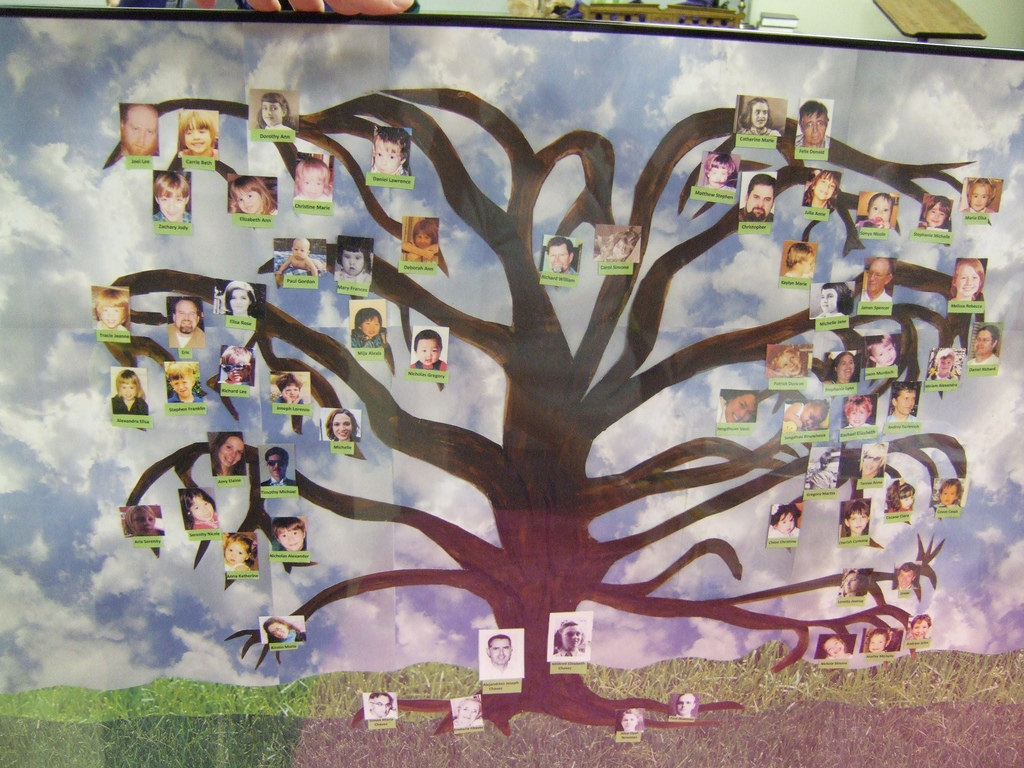
You might not be interested in your family’s past at the moment, but when you have children, there’s a good chance that might change.
After several years of documenting every life accomplishment of your new progeny, you might start to get curious about those who came before you.
It is around that time that genealogy will suddenly become a pet interest of yours, and you won’t even care how old it will make you look.
If you feel this way, know that you aren’t alone, as Hans Eckhardt feels the same way. With a bit of research, he was able to find a German relative that was born more than 400 years ago.
Guess what his name was? Hans Eckhardt. When you get into genealogy, these cool discoveries become commonplace.
Want to begin sketching out your family tree? This beginner’s guide to the art of genealogy will help you get started down your own complex journey.
1) Research the past of your closest family members
Begin your genealogy education by learning everything you can about the past of your immediate family.
Interview your folks, your grandfather, relatives, half brothers – everyone you have met physically to this point in your life.
Record details about deaths, births, weddings, breakups, occupations, personal achievements and so on. Be comprehensive in the questions you ask – you don’t want to miss anything.
Be sure to exercise tact (especially with more distant family members), and you’ll get plenty of info from your nuclear and extended family.
2) Get your hands on every heirloom you can find
Your next mission is to track down every heirloom, family album, and trinket you can get your hands on. Printed and photographic media is best, as it can weave tales that will make the effort you put in worth the sweat.
Check out your basement and attic, then ask to search around those of your parents, brothers & sisters, relatives, grandparents, and other family relations and close family friends.
Photo albums and official government records should be at the top of your list, followed by diaries, love letters, and any other forms of written media that will tell the story of your family.
3) Get online/start researching
With a massive cache of data at your fingertips, you now have everything you need to ask the questions that will fill in the gaps in your family’s backstory.
FindMyPast.com and Ancestry.com are two sites that have searchable records and other resources that will help you complete your objectives. Sign up for them.
Joining Facebook or Reddit groups can also help, as there are multiple resources on both sites that are manned by enthusiasts who can help you get unstuck if you encounter issues.
Read FAQ’s first, however, as asking a commonly posed question can get you flamed by long-time posters.
If a quick read through the FAQ doesn’t solve your issues, go ahead and post your inquiry. Be as through as you can, and the feedback you’ll get will be more useful.
The offline world also has information that will help you in your quest. Government databases offer resources like census data sets, and the library at the local university may have newspapers from decades or centuries ago preserved on microfiche or in their digital records.
